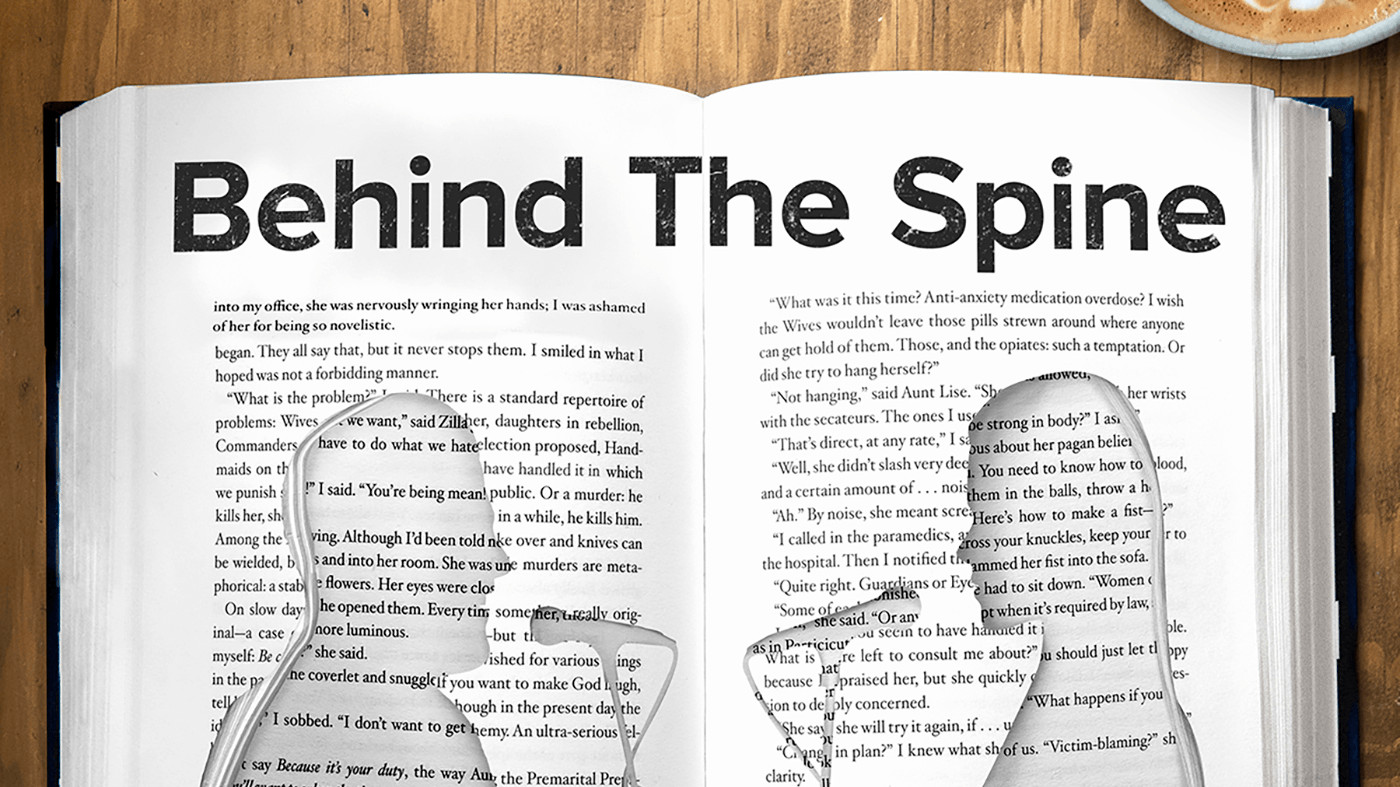Endpoint’s wayfinding design director, Alison Richings, was recently invited to converse with writer and podcast host, Mark Heywood, on her specialist topic – as part of a series on how writers create characters and settings.
Mark’s Behind The Spine podcast aims to deconstruct genre and narrative and finds learning opportunities for writers in the most unlikely of places.
His interview with Alison is an eye-opening insight into the thinking behind wayfinding. She covers everything from individual orientation to emotional decision-making; looking at the psychology of signage, the need for information, and strategic placement in relation to different spaces such as malls, shops, supermarkets, museums, stadiums, and hospitals.
“We’re so much more affected by our surroundings than we realise,” Mark tells his listeners. “Try placing characters in unfamiliar settings and see how they react.”
Covering everything from pandemics to football, in each podcast episode, Mark draws on his guests’ experiences and knowledge, looking for new and interesting ways to form literary and screen environments, character traits, and story arcs.

